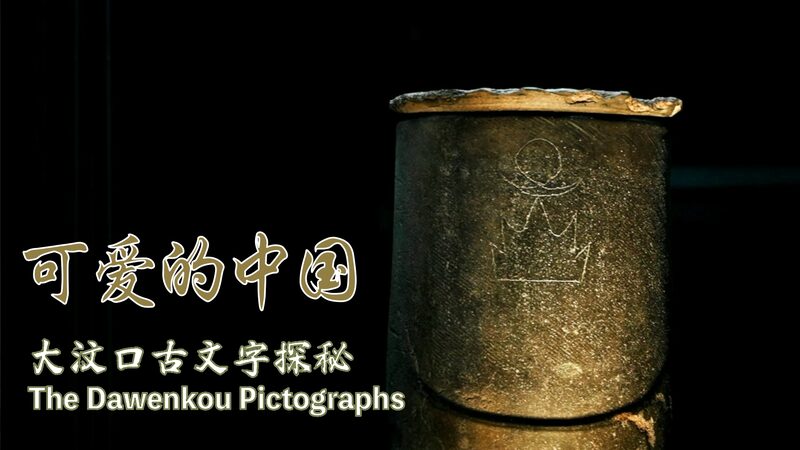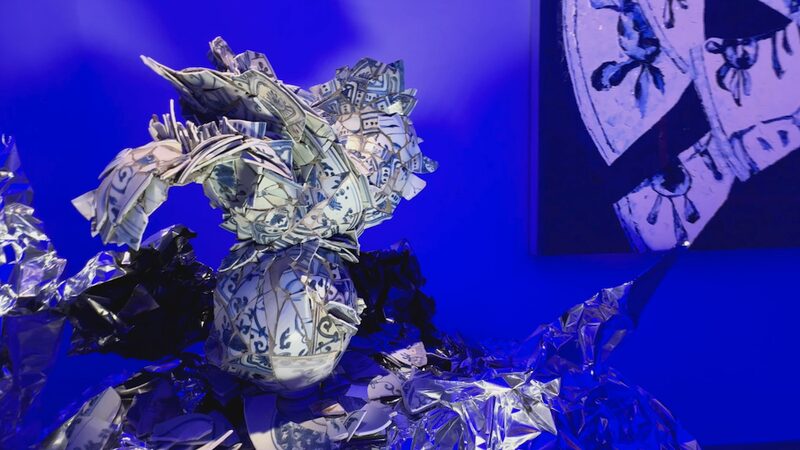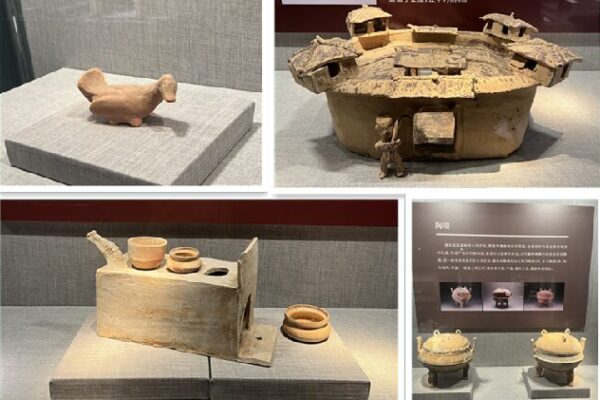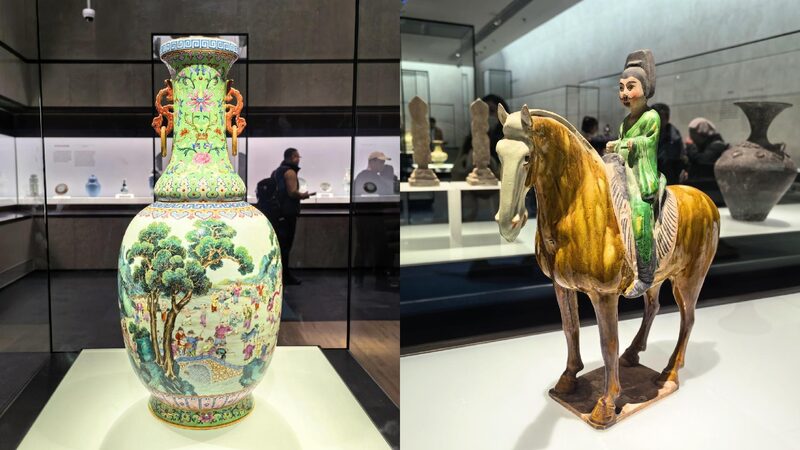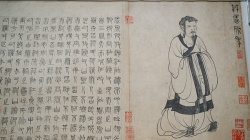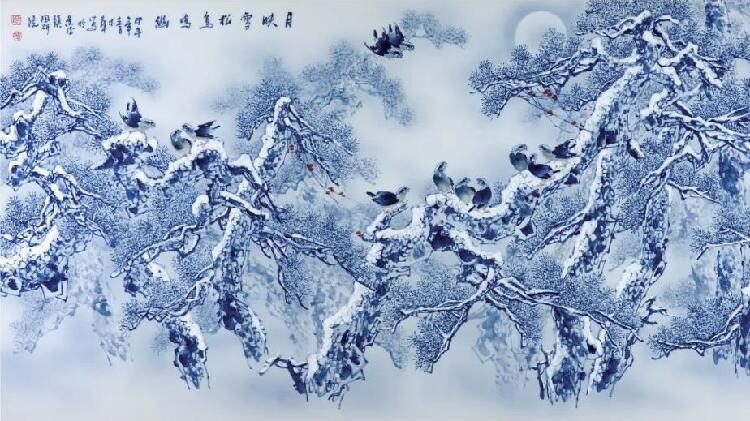In 1969, Beijing was abuzz with excitement as a remarkable exhibition of pottery artifacts unveiled a captivating glimpse into China’s ancient past. These ceramic shards, linked to the Dawenkou Culture, bore inscriptions that sparked intrigue among scholars and enthusiasts alike.
Some experts viewed these markings as simple symbols, but others believed they could be the earliest forms of Chinese writing—embryonic characters that predate known scripts. The debate ignited questions about the origins of Chinese civilization and the development of written language.
What Are the Dawenkou Pictographs?
The Dawenkou Culture, dating back over 5,000 years, was a Neolithic community in what is now Shandong Province. The pictographs found on pottery from this era are some of the oldest known in China. They feature simple yet intriguing designs that may represent objects, concepts, or phonetic sounds.
Unlocking Ancient Secrets
If these pictographs are indeed precursors to Chinese characters, they could offer invaluable insights into the early development of writing in East Asia. Understanding these symbols might help historians trace the evolution of language and communication in one of the world’s oldest civilizations.
Global Significance
The discovery doesn’t just shed light on China’s history; it enriches the global narrative of human development. It highlights how ancient societies communicated, recorded events, and passed down knowledge—fundamental aspects that connect all people across time and geography.
The Journey Continues
The Dawenkou pictographs remain a subject of ongoing research. As technology advances, scholars hope to decipher these ancient symbols fully. Each new finding brings us one step closer to understanding the roots of written language and the shared heritage of humanity.
The mysteries of the Dawenkou Culture continue to inspire curiosity and wonder. Who knows what other secrets lie hidden beneath the earth, waiting to be discovered?
Reference(s):
cgtn.com
